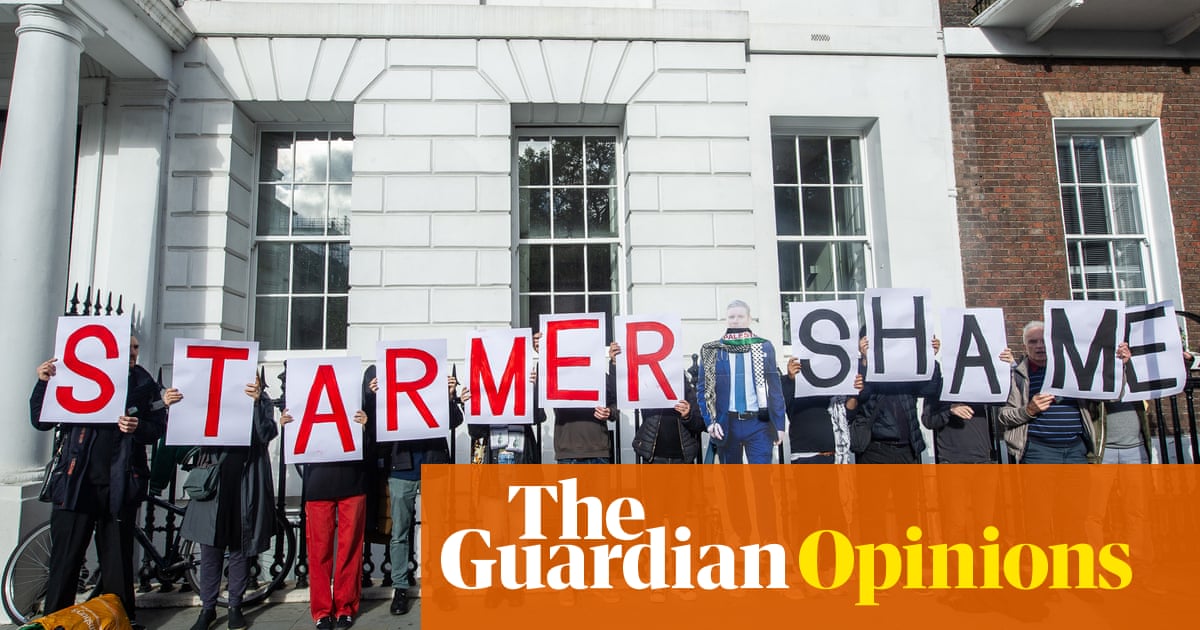
ALabour government would be “for the builders not the blockers”. So Rachel Reeves told the Labour conference today. It went down well. The shadow chancellor’s attack on the “blockers” was specific. Not only did she give not an inch to the blocking cause, she offered a reward of “something in return” to nimbys who agree to turn builder. In exchange for not objecting to a wind turbine or row of pylons down their village street, they would get hard cash in the form of cheaper energy. It must be the most bizarre planning bribe in history.
Nor is that all. Labour wants to release developers into green belts and revive the Tory policy of forcing new housing estates on local people through central targets. Labour is back to the anti-localist days of David Cameron, when worrying about rural Britain was for wimps. Back then, as Reeves and Keir Starmer are seen doing now, politicians often wore hard hats and hi-vis jackets and hugged concrete mixers on television.
When Octavia Hill promoted the human value of nature and Clement Attlee’s government formed green belts around polluted cities, they never thought it was just for locals. The benefit of nature was for everyone, and its protection was a national priority. Now Reeves and her boss, Starmer, want to “buy” that benefit from locals and donate it to energy companies and property developers, Britain’s richest capitalists. The result might be similar to what we can see across modern Northamptonshire, with thumping great wind turbines on every horizon.
The two finest innovations of postwar British planning were green belts and urban conservation areas. The first have guarded hundreds of miles of nature from the sprawl that would have covered land-starved south-eastern England, incidentally enticing millions more northerners to migrate south. The second have guarded the historic character of British towns from ubiquitous demolition and rebuilding.
Both innovations are now at risk. Not a week passes without a politician attacking green belts and deriding those who defend them, while leaving acres of brownfield land untouched. At the same time, conservation areas are crumbling. In London alone, the City has defaced supposedly protected Fleet Street and Westminster council has done likewise to Paddington – without central government lifting a finger to intervene.
Of course there is sense in some of what Reeves says, notably in her desire for more and better planners. Renewable energy is good and needs encouraging. But bribing local people to despoil their environs rather than spending that money burying cables or generating offshore wind implies that the beauty of landscape has no value to others. That beauty is irreplaceable and belongs to the nation – and depends on the nation to defend it.
Likewise more houses are always needed, though with house prices now falling faster than they have done for 14 years and firms sitting on land banks, policy should be directed at densifying cities, promoting the rental sector and, above all, easing downsizing and conversion from commercial to residential use. Just because developers make higher profits from executive homes in green fields does not mean Reeves has to give them priority.
The villain of this piece was Cameron and his dismantling of strategic local planning, and with it the role of zoning in determining what countryside needs protecting. There are obviously places where energy infrastructure and new housing would not detract from rural beauty, even in a green belt. But there are others where protection needs certainty.
We need to know what is valued and guarded, and should not require endless planning battles. The English – and Welsh and Scottish – countryside needs zoning. It is not hard. I would even bet that it would find more land, rural and urban, actually suitable for development, without putting everything at risk.
Simon Jenkins is a Guardian columnist












